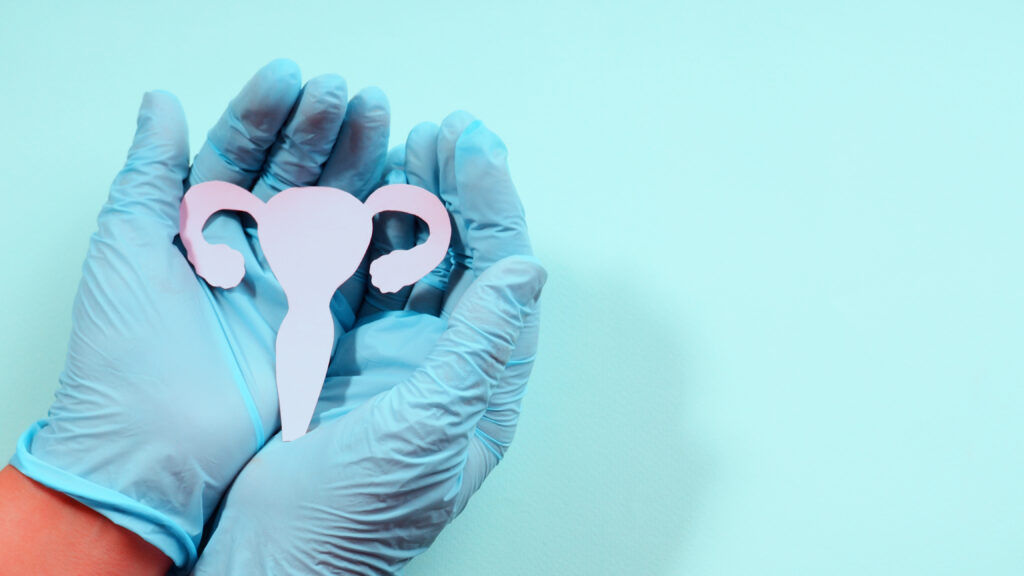Polycystic ovary syndrome (PCOS) is the most common endocrinological disorder that occurs in women during their reproductive period, (between puberty and menopause) and is manifested by specific symptoms. This syndrome is a condition in which the ovaries produce unusually high levels of androgens (male sex hormones) that negatively affect ovulation. The good news is that pregnancy can be achieved with adequate therapy.
Why do polycystic ovaries occur?
Medicine still does not have a definitive answer to the question of what causes polycystic ovary syndrome, but doctors agree that two factors play a significant role: lifestyle habits and hereditary or genetic predispositions. Polycystic ovary syndrome is often accompanied by a condition known as insulin resistance. Insulin resistance occurs when the body has difficulty carrying out the normal “activities” of insulin, such as regulating blood sugar. High insulin levels can increase the production of male hormones. Insulin resistance can be caused by either genetic factors or lifestyle factors (such as obesity), or it can be a combination of these two factors.

What are the symptoms?
The most common symptoms of polycystic ovaries are:
•Difficulties in getting pregnant due to the absence of ovulation
• Appearance of preantral follicles in the form of a string along the ovaries confirmed by ultrasound examination. In contrast to these, the antral follicles represent an early stage of oocytes. In women with polycystic ovaries (PCOS), follicles stop developing in the preantral phase, resulting in infrequent ovulation. These women often have irregular or no periods at all.
• Absence of period (amenorrhea) or irregular periods (oligomenorrhea)
• Increased level of male hormones confirmed by laboratory testing
• Increased body weight and presence of body fat especially in the abdominal area
• Prediabetes or diabetes
• High level of lipids in the blood (cholesterol and triglycerides)
• High levels of the antimalarial hormone AMH
Diagnosis of polycystic ovary syndrome
Given the large number of symptoms, medical experts have attempted to unify the diagnostic criteria for PCOS. Today, the most widespread criterion is the so-called Rotterdam criterion, according to which, in order to confirm a diagnosis of polycystic ovary syndrome, a woman must have at least two of the following 3 symptoms:
• Oligo or amenorrhea (absence or irregular periods)
• Increased level of male sex hormones (according to clinical signs or based on laboratory tests)
• Characteristic finding during ultrasound examination.
Treatment
The treatment of polycystic ovaries depends on personal choice, as well as on the patient’s desire for pregnancy. The focus can be on:
• Changing life style habits in terms of weight regulation by consuming low-calorie diet and practicing regular, moderate physical activity. Even a small change in weight, such as a 5% weight loss, can significantly improve health.
• Regulation of periods by using contraceptive pills prescribed by a gynecologist to reduce the level of male sex hormones, or progestin therapy. • Ovulation induction – hormone therapy is commonly used to achieve ovulation. Also, certain natural supplements can be helpful and significantly contribute to the ultimate goal: pregnancy. Such natural food supplement is Ellova®, which, in addition to folic acid, also contains myo-inositol. Myo-Inositol restores normal ovarian function by increasing insulin sensitivity and significantly increases the chances of pregnancy by restoring and maintaining the periods. Myo-inositol also improves the quality of in vitro fertilization cycles by increasing the number of functional oocytes,



